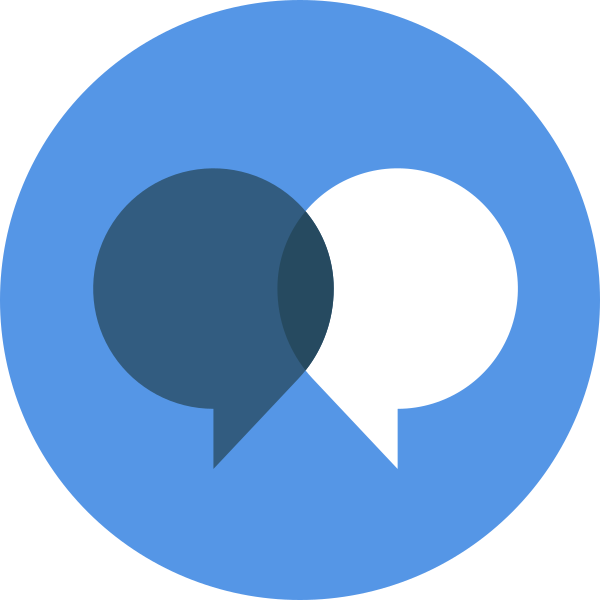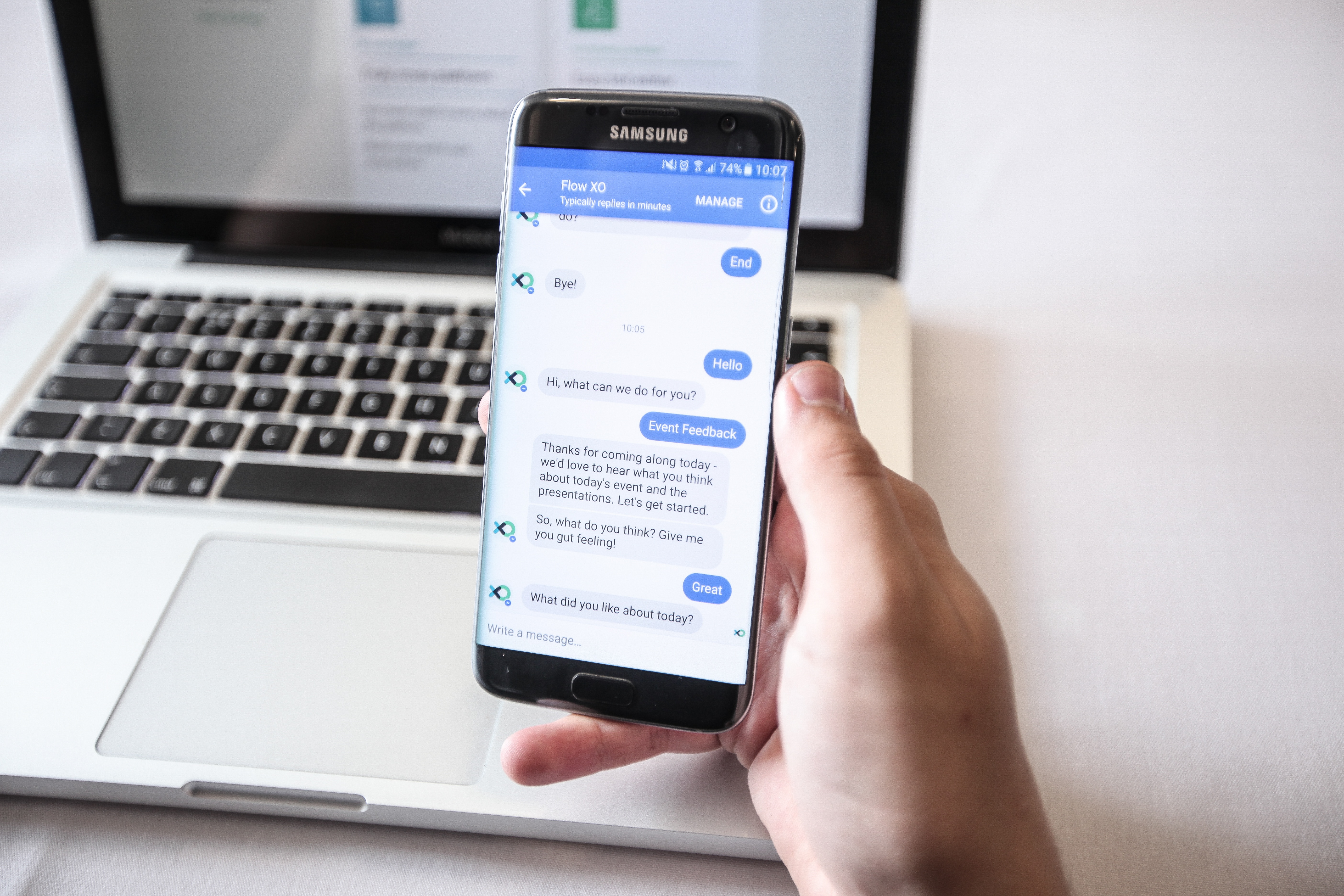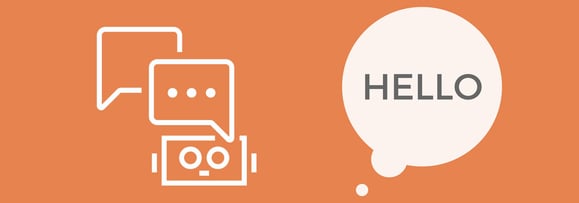
Chatbots have presented a new wave of automation by simulating human conversation to its fullest. Today, intelligent assistants can take care of many manual tasks like managing calendars, making reservations, booking tickets, placing food orders etc. But this is just the start of the potential of chatbots. With smart homes and voice assistants (like Amazon Alexa and Google Home) making their way into the market, bots will soon be able to perform a lot more actions. In fact, between 2016 and 2021, the chatbot market is expected to grow at a CAGR (compound annual growth rate) of 35.2%.
This is a big opportunity for business. According to a study Juniper Research, bots can save businesses up to £6 billion per year. In fact, many businesses are trying to launch their bots in the market. But when they choose to develop a bot, they get confused between the platforms for development. There are plenty of chatbot platforms to choose from which makes it difficult for businesses to decide. With this blog we will study the major bot platforms and how can they be used to create a chatbot suitable for your needs.
Interested in Chatbots? Catch the latest trends and developments with our free eBook:
Some Terms You Should Know:
- Artificial Intelligence (AI) - the technology that helps induce human intelligence into machines. It used to make bot intelligent.
- Machine Learning (ML) - a branch of artificial intelligence that allows the application to learn from the interaction with the users and environment.
- Natural Language Processing/Understanding (NLP/NLU) - a tech that helps machines contextually understand human inputs.
Read More: 5 simple Rules to Create Addictive Chatbots
Top 5 Chatbot Platforms Used to Choose From:
1. IBM Watson Conversation:
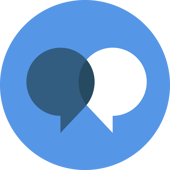
IBM Watson is the most popular customized chatbot builder. According to a research by Mindbowser in association with Chatbots Journal, it is the go-to platform for 61% businesses. Watson has inherent natural language processing capabilities and can comprehend multiple languages - English and Japanese. The Watson Virtual Assistant that comes with the platform can be used to answer spontaneous user queries and can be customized to the needs of an individual business.
Watson provides SDKs (Software Development Kits) for Node.Js, Java, Python, iOS, and Unity. It easy to start development and allows to deploy bots on messaging platforms, mobile devices, and even robots. The data on the bot is also secure as the platform allows users to opt out of data sharing. It also offers speedy integration with a wide array of networks, channels, and environment.
Read More: 5 Steps to Create Chatbots that Stick
2. Microsoft Bot Framework:
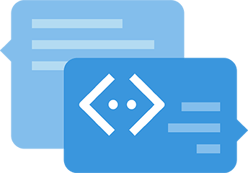
Microsoft Bot Framework has two major components Bot Builder SDK and Microsoft Language Understanding Intelligent Service (LUIS). The Botbuilder is a development SDK that supports .NET and Node.js. While LUIS is the NLP/NLU engine that contextualizes user inputs. Currently, it supports 30 languages and features automatic translation. The Botbuilder is open source and is available on GitHub.
The Bot Builder SDK provides the Direct Line REST API, which allows hosting the chatbot in any application or website. Hence, developers benefit from write once run anywhere methodology. It is also possible to incorporate Cortana for voice and Bing APIs for search along with LUIS in the Bot Builder. The LUIS can also be used as a standalone service with its C# SDK, Python SDK, Node JS SDK, and Android SDK. These benefits make Microsoft Bot Framework an ideal solution for platform agnostic needs.
Read More: How to Create a Character for your Chatbot?
3. Dialogflow:

Dialogflow is a mature bot creation platform perfect for intent-based chatbots. It was previously known as Api.ai and was renamed after Google bought it in September 2016. Dialogflow uses the information like examples, contexts, annotations etc. to match the user queries to a suitable intent. It then returns output as a JSON response object which is based on the actionable data in the query text. It currently has SDKs for Android, iOS, Cordova, Unity, Xamarin, HTML, JavaScript, Node.js, Epson Moverio, Botkit, .NET, C++, Python, Ruby, PHP, and Java. Total 14 languages are supported.
It also comes with a training module that tracks user’s requests and shows the administrator how it matched them to the intent. The admin can correct issues if any, and machine retrains itself accordingly. It comes with a free license and enterprise edition. One downside with Dialog flow is that it does not allows you to host your own instance of your agent thus, it is not secure for some enterprise level applications.
Read More: Why Choose Chatbots in Retail?
4. Amazon Lex:
Amazon Lex is the background technology used as the NLP/NLU engine for Amazon Alexa. Developers can use it create their own personal assistants that have powerful machine learning capabilities. Along with Lex, Amazon also offers Polly - a state of the art text to speech converter and Rekognition - a deep learning image recognition system. Lex inherently leverages Lambda for intent fulfillment and Cognito for user authentication. All these solutions can be combined to address complex bot needs. With the help of Lambda service, the bot can be integrated with many ERP and CRM Suites like Zendesk, QuickBooks, Salesforce, Microsoft Dynamics, Marketo, and HubSpot.
AWS SDKs can be used to develop bots on iOS, Android, Java, JavaScript, Python, .Net, Java, JS, CLI, Ruby, PHP, Go, and C++. Hence the bots can be deployed on mobile, web, desktop, and even IoT platforms. It is possible to programmatically add sample utterances, create slots, add slot values, and so forth. Not just that you can programmatically manage the entire build, test, and deployment process. Lex has a pay-as-you-use model based on a number of requests - $0.004/ voice and $0.00075/text. Thus, the cost for 1,000 voice requests is $4.00, and that for 1,000 texts is $0.75.
Read More: The Role of Bot in Improving Customer Experience
5. ManyChat:
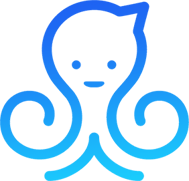
ManyChat is the most popular no-code bot development platform that makes it super easy to create a Facebook Messenger Bot. It is very popular among marketers because of its growth tools that help in converting anyone into a subscriber. Developing a ManyChat bot is like creating an email workflow or sequence. You can use it to broadcast content or create a flow-based communication. It is free for up to 500 subscribers and then starts its a paid plan from $10/month.
Are you looking for developers to create a bot for your organization? With a love for innovative technologies and deep understanding of artificial intelligence, our team at NewGenApps can help you make a real intelligent assistant. Contact us today for a project or POC.
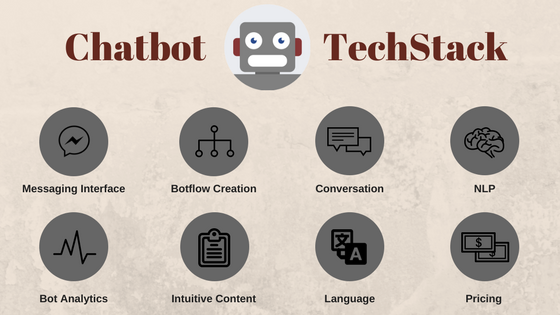
A Complete Guide on Chatbot Architecture
Intelligent messaging solutions can actually help deliver stupendous results and better experiences at a very attractive cost per contact. To achieve...
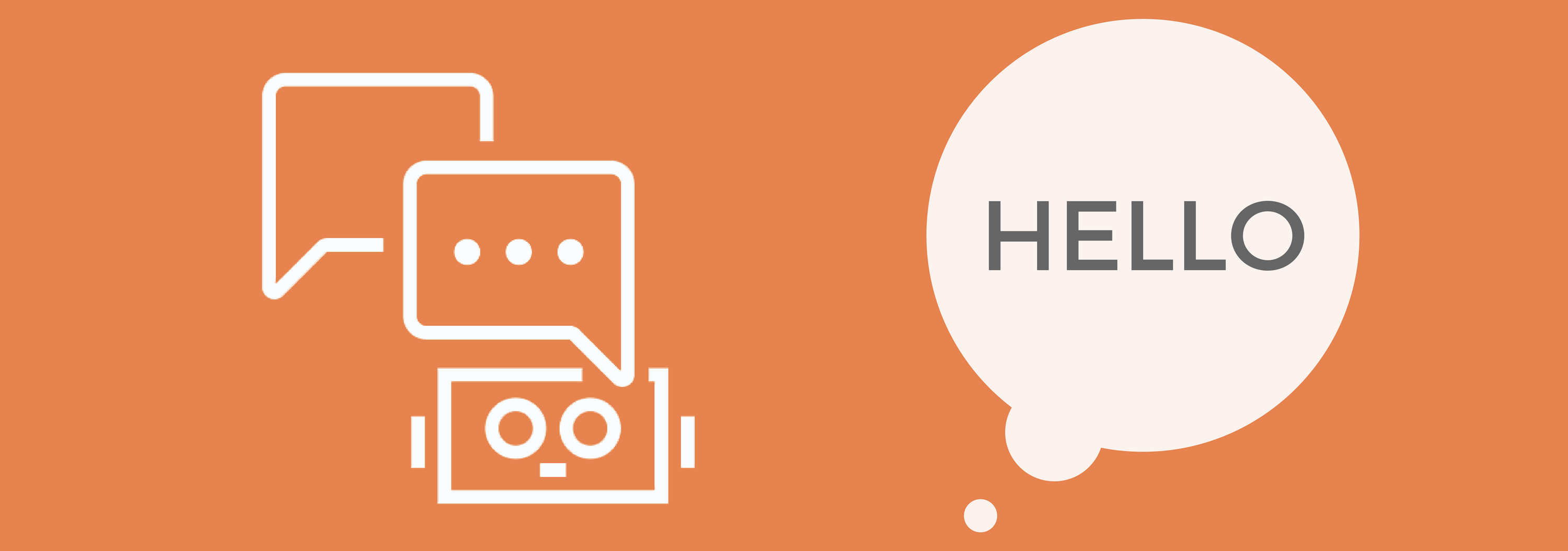
Use it not Lose it: 5 Chatbot Mistakes that can Cost You Brand Value
Chatbots have become the buzzword in marketing. These bots can automate customer service, sales, after sale service - you name it! With major...



